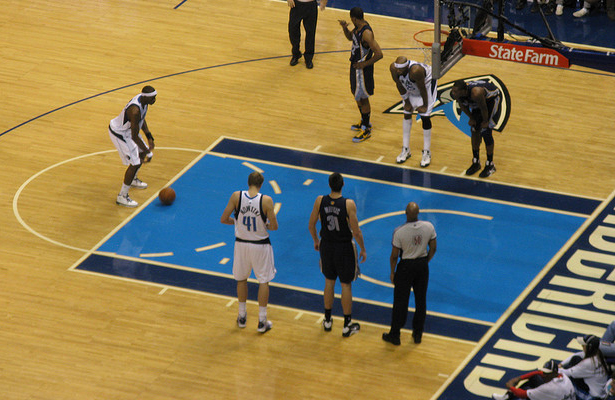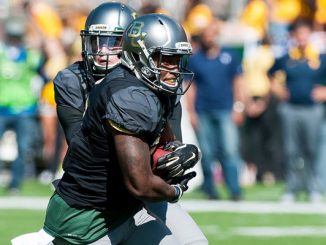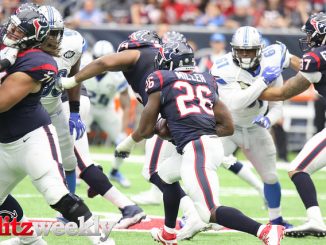
Though there has been an uproar to change this rule, there has yet to be a solid reason why it needs such change.
During this year’s NBA Playoffs, we have seen a large amount of the hack-a-shaq go on especially in the current Clippers/Rockets series taking place. It has featured two prominent big men in LA center DeAndre Jordan and Rockets center Dwight Howard. These two have been hack-a-shaq’d to the next millennium. They have been fouled so many times just in this series alone.
Both have had to spend a lot more time at the free throw line than either of them probably desired or thought coming into this second round of the playoff series. Both have had their moments of glory knocking down some free throws, but it has featured a lot more clanks off the rim. This has been far from the most exciting part of these playoff games when you have a good game going on competitively and pace wise. Their is no question that it is something that halts the game to a snails pace and can be very boring for fans who are in the arena and at home watching on TV to endure.
This hack-a-shaq has not evolved into a full blown epidemic around the entire playoffs that are on going. It has only effected a few players in the league. According to Ken Berger of CBS Sports, data presented to the GM’s at their annual meeting in Chicago showed that 76 percent of all intentional fouls committed in the regular season and postseason were made on only five players: DeAndre Jordan, Dwight Howard, Josh Smith, Andre Drummond, and Joey Dorsey. That is correct, only five players out of the hundreds that compose the NBA rosters does hack-a-shaq truly have an effect on. It seems silly to want to change a rule that only has a major impact on five players.
It also would strip a way a coaching tactic that coaches such as Kevin McHale of the Rockets and Doc Rivers of the Clippers and Gregg Popovich of the Spurs have used in the past and also the present. It has a track record of working more times than not in the team that has implored this strategy in a game where they need to cut into a deficit with relatively little time bleeding off the game clock.
It is a sound strategy to go to: Why not have the worst free throw shooter on your opponent’s team have to come to the line and make pressure packed free throws that can either pad his team’s lead at a given moment or cause to ignite the other team by having those misses turn into points going the other way. This other wise boring parade of free throws is turned into a moment where the game can shift momentum and give one team confidence moving forward on its chances to get a victory.
As soon as the NBA Playoffs conclude next month, this issue will be discussed by NBA front office people and Commissioner Adam Stern next month and over the summer to see where everyone’s head is at with this rule. As of right now, it seems like outside of some complaining from fans and media, there is not much outrage coming from GM’s and others in NBA circles on this matter.
It would be surprising that their minds would change if any of this gets talked about more moving forward. Without a strong consensus against this hack-a-shaq rule, this will be an issue put to rest and the league will move onto more pressing rules issues and overall objectives they would like to see become reality.
So while it is a nice argument to wage between your dear friends at the bar or at home while watching an NBA game, do not expect the hack-a-shaq rule to go away or change even in the slightest if GM’s and others in the league get their way.



